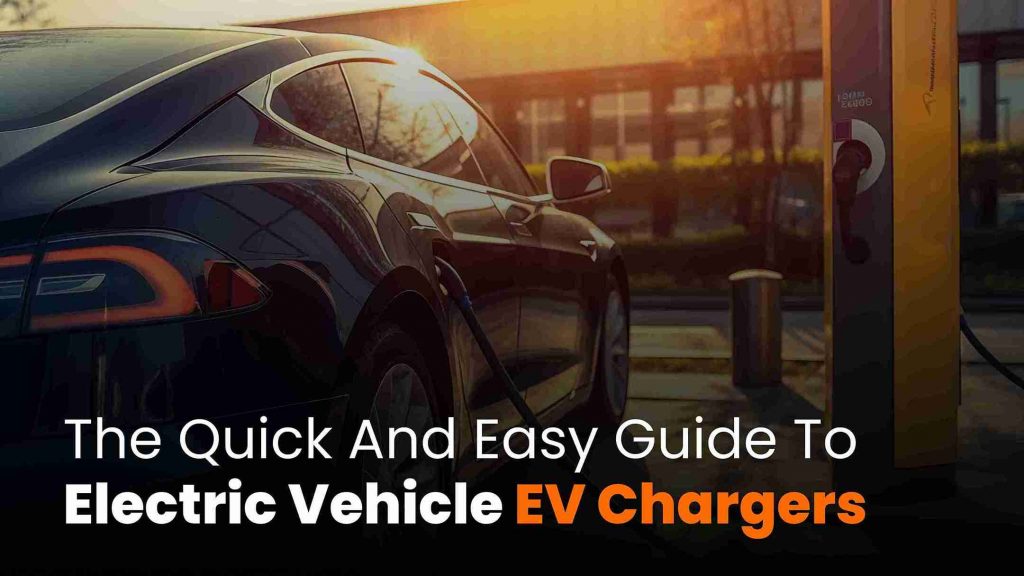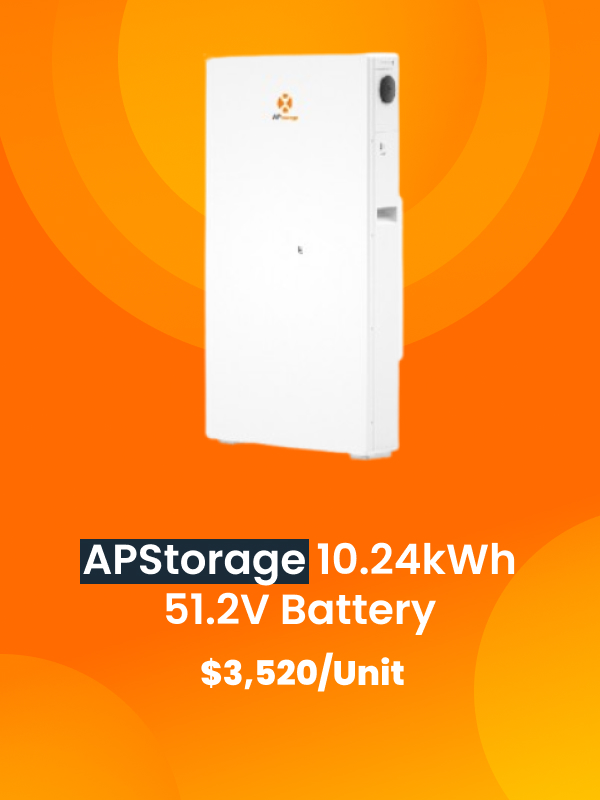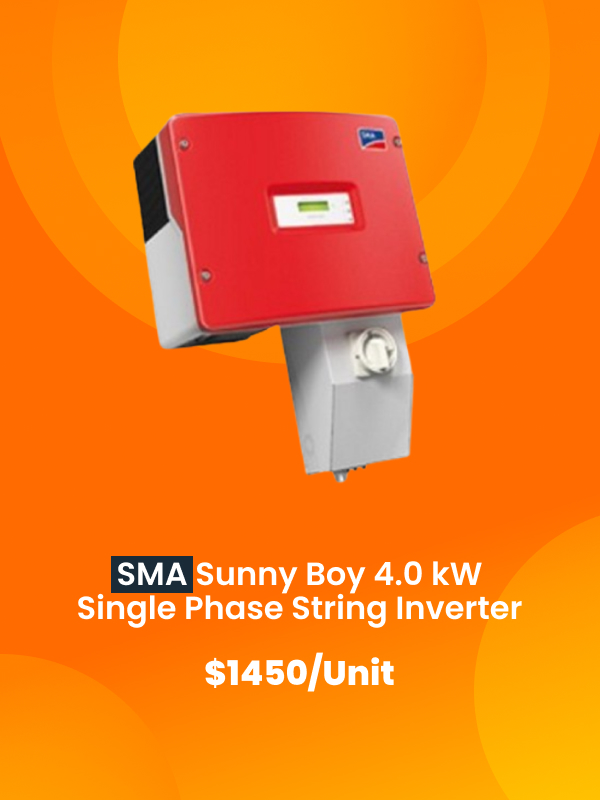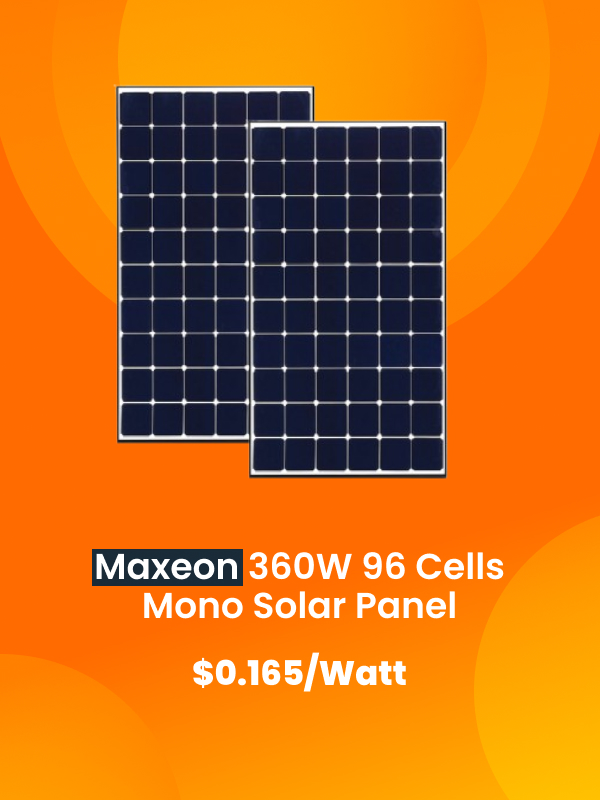In an era where sustainability is becoming a necessity rather than a choice, electric vehicles (EVs) are gaining significant traction. This quick and easy guide covers the nuances of EV charging, offering insights for both current EV owners and prospective buyers.
Let’s jump in.
What is an EV Charger?
An electric vehicle (EV) charger, also known as an EV charging station, is a device that supplies electrical power to recharge electric vehicles, ranging from purely electric (BEVs) to plug-in hybrids (PHEVs).
EVs come in various levels, with Level 1 chargers using standard household outlets for slow charging, Level 2 chargers providing faster charging through higher voltage sources, and Level 3 or DC fast chargers offering the quickest charging speeds by directly supplying high-voltage DC power to the vehicle’s battery. EV chargers are integral to the electric vehicle ecosystem, enabling the practical use of EVs by ensuring they have the necessary energy for operation, and are available for installation in homes, public parking areas, commercial spaces, and along highways to accommodate different charging needs.
How EV Chargers work
Electric vehicle (EV) chargers work by converting alternating current (AC) from the electrical grid into direct current (DC) that can be stored in the vehicle’s battery, powering the electric motor.
There are 3 levels of chargers and each of them offer different pros and cons.
Level 1 chargers
Level 1 chargers use standard household outlets (120V in the U.S.) and offer a charging rate of about 2-5 miles of range per hour of charging. They’re suitable for overnight charging or for topping off an EV’s battery during prolonged parking periods at home.
Level 2 chargers
Level 2 chargers require a higher voltage power source (240V in the U.S.), similar to what large household appliances use. They provide charging speeds that are about 4-6 times faster than level 1 chargers depending on the power output of the level 2 charger and the vehicle’s charging capability.
They can typically deliver a charging rate that adds about 12 to 60 miles of range per hour, depending on the charger and vehicle’s maximum charging capacity.
This faster charging rate makes Level 2 chargers ideal for home use where quicker charging is desired, as well as for public and workplace charging installations where drivers can significantly boost their vehicle’s range during shorter stops.
Level 3 chargers
Level 3 chargers, also known as DC fast chargers, expedite the charging process by supplying high-power DC electricity directly to the vehicle’s battery, bypassing the car’s onboard conversion system. This enables rapid charging and significantly shorter waiting times, making them perfect for quick stops during long trips. DC fast chargers can add up to 60 to 100 miles of range in just 20 minutes of charging for some vehicles, depending on the power output of the charging station and the vehicle’s charging capability.
Not all vehicles support DC fast charging yet, and the availability of these chargers is more limited compared to Level 1 and Level 2 stations.
Regardless of the charging level, EV chargers are equipped with various safety features to ensure a stable and secure connection between the charger and the vehicle during the charging process.
Public EV Charging Stations: Accessibility and Convenience
Public EV charging stations are expanding rapidly, making EV ownership more viable for those without home charging options. These stations can be found at various locations, including shopping centers, public parking lots, and along major highways.
The National Electric Vehicle Infrastructure (NEVI) Formula Program, a $5 billion program created by the Bipartisan Infrastructure Law and administered by the Federal Highway Administration, has stipulated 10% set-asides for grants to States and localities that require additional assistance to strategically deploy electric vehicle charging infrastructure.
The first round of funding will focus on improving the reliability of the current network by repairing or replacing existing EV charging infrastructure at the same time the Biden-Harris Administration is making larger-scale investments to deploy new charging stations.
Here’s a map of EV locations across the United States.
Setting Up a Home EV Charging Solution
Home EV charging solutions include Level 1 and Level 2 charging stations, allowing EV owners to recharge their vehicles conveniently at home. Level 1 charging utilizes a standard 120-volt AC outlet, the same type found in most homes for everyday appliances. When an EV is plugged in using the charging cord provided with the vehicle, it can slowly recharge the battery overnight, typically adding about 2 to 5 miles of range per hour. This slow charging rate is suitable for daily use, especially for drivers with shorter commutes or as a secondary charging option.
Level 2 charging, on the other hand, requires a 240-volt AC power supply, similar to what large household appliances like dryers and electric ranges use. Homeowners often install a dedicated Level 2 charging station in their garage or driveway, which can significantly increase charging speed, adding about 12 to 60 miles of range per hour. This faster rate makes Level 2 chargers more suitable for EV owners with longer daily commutes or those looking for a quicker turnaround.
Most homeowners prefer level 2 chargers for their faster charging speeds. If you’re considering installing a level 2 charger, you should hire a professional electrician to ensure the home’s electrical system can safely support the higher power demands and install the 240-volt outlet, mount the charging station, and make all necessary electrical connections. Some areas may require a permit for this installation, so it’s important to check local regulations and standards before getting started.
Top EV Charger Brands and Where to Find Them
Several brands are recognized as leaders in the EV charging station market, offering a range of reliable and innovative charging solutions for both home and public use. Some of these companies have recognized the value of combining solar energy and EV charging, offering solar-powered EV charging solutions.
Tesla
Renowned for their electric vehicles, Tesla also produces the Tesla Wall Connector. Their high-speed charging solution is designed for Tesla vehicles, but can be used by other EVs with an adapter. Tesla’s Supercharger network is a significant part of their ecosystem, providing rapid charging for Tesla owners on the go. Tesla offers a Charge on Solar utility, allowing Tesla vehicles to charge using only excess solar energy produced by Tesla solar systems.
ChargePoint
Known for their extensive network of public charging stations, ChargePoint also offers home charging solutions. We like their smart features like scheduling and tracking capabilities through their mobile app.
Blink Charging
Blink offers home and commercial products. Their chargers are known for their durability and ease of use, with a growing network of public charging stations.
EVBox
A global player in the EV charging industry, EVBox provides a wide range of AC and DC charging stations, known for their reliability and sleek design. They cater to both home and commercial users and are actively expanding their presence in public charging networks.
Enphase/ClipperCreek
Known for their micro inverter technology in the solar industry, Enphase Energy offers integrated systems that combine solar panels with home energy storage and EV charging capabilities, enabling homeowners to charge their EVs with solar power. A pioneer in the EV charging market, recently acquired ClipperCreek is known for its robust and straightforward chargers, focusing on reliability and ease of use without unnecessary frills.
Wallbox
Wallbox chargers are notable for their compact, innovative designs and smart charging features, including dynamic power management and the ability to integrate with home energy systems.
Enel X (formerly JuiceBox)
Enel X offers the JuiceBox line of smart EV chargers, known for their advanced features, including app connectivity, energy usage tracking, and adjustable power levels, making them a flexible choice for home charging.
The Bright Idea: Power Your EV with Solar Energy
With an ever-expanding network of public charging stations and the convenience of home charging solutions, the transition to electric mobility is becoming easier and more accessible. For those looking to integrate solar energy into their EV charging system, there are plenty of options.
Sunhub offers innovative solutions that allow you to harness the power of the sun to charge your EV, reducing reliance on the grid and minimizing your carbon footprint.
Check out our inventory of EV chargers and take the next step towards a greener future.
Any questions about EV chargers, contact our team 24/7 and we’ll be happy to help!




